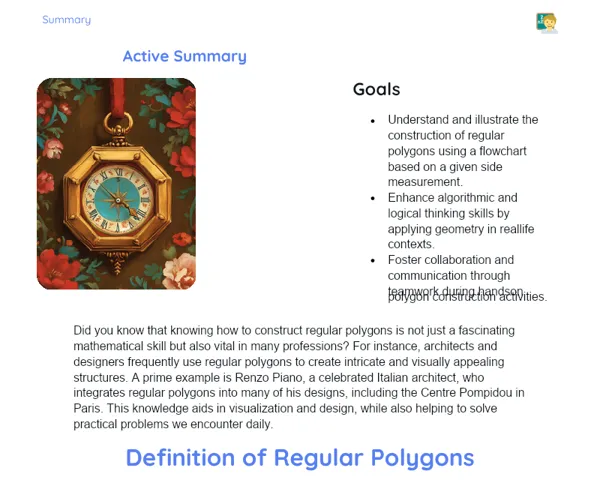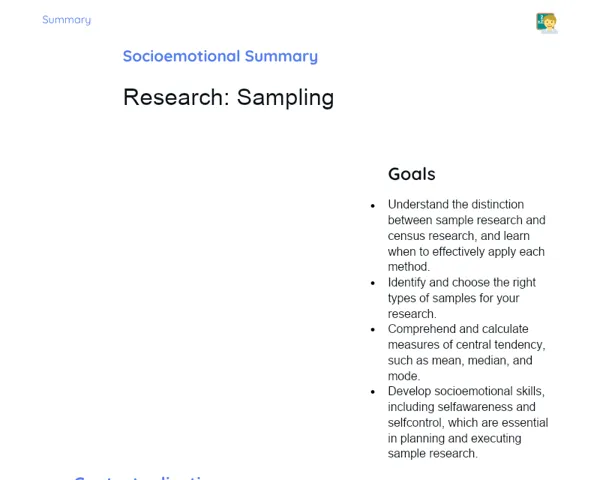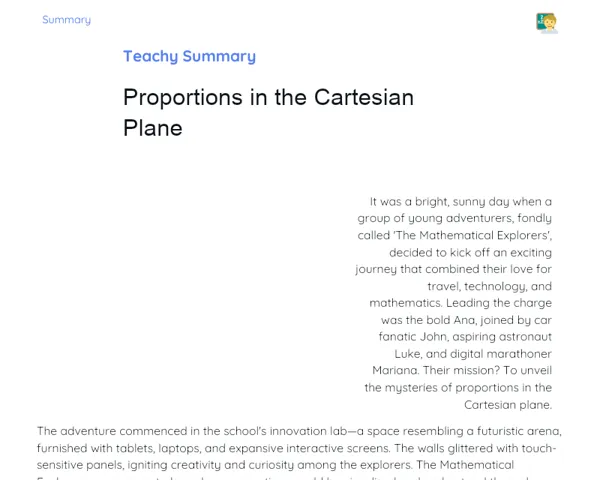Objectives
1. 🎯 Understand and apply the property of mathematical equality by performing the same operations on both sides of an equation.
2. 🎯 Develop critical thinking skills when analysing and solving equalities, observing how operations affect the final outcome.
Contextualization
Did you know that the concept of balancing an equation by applying the same operations on both sides is not just limited to mathematics but is also used in criminal investigations and even in coding? This principle, often referred to as the 'law of balance' or 'principle of conservation', is key in ensuring accuracy and fairness across various processes, highlighting how mathematics seamlessly integrates into our everyday lives—often without us even realising it.
Important Topics
Property of Equality
In mathematics, the property of equality states that if two expressions are equal, then adding or subtracting the same number on both sides of the equation maintains the equality. This property is crucial for manipulating equations and tackling more complex mathematical challenges. For example, if we take the equality 3 = 3, adding 2 to both sides gives us 5 = 5, keeping the equality intact.
-
Addition and Subtraction: The property of equality enables one to add or subtract the same number to both sides of an equation while keeping it true. This is useful for simplifying equations or checking proposed solutions.
-
Application in Equations: This property is vital in solving linear and quadratic equations, as it helps isolate variables and find solutions.
-
Principle of Balance: The concept of balance in mathematics, where operations must be conducted symmetrically to preserve equality, is a fundamental principle that aids in cultivating students' mathematical reasoning.
Commutativity and Associativity
These arithmetic properties frequently come into play when performing operations on both sides of an equation to maintain equality. Commutativity means that the order of numbers does not influence the result of addition or multiplication. For instance, 2 + 3 equals 3 + 2. Associativity indicates that grouping numbers in addition or multiplication does not alter the outcome. For example, (2 + 3) + 4 equals 2 + (3 + 4).
-
Usage in Equations: When solving equalities, students can leverage these properties to rearrange terms in a manner that simplifies resolution.
-
Application in Real Contexts: Grasping these properties assists students in visualising mathematics in their daily lives, be it while calculating change or adjusting a recipe.
-
Consolidation of Concepts: Practicing commutativity and associativity reinforces the understanding of basic operations, preparing students for more advanced concepts.
Distributivity
The distributive property asserts that multiplication distributes over addition or subtraction. In simpler terms, multiplying a number by a sum (or difference) of two other numbers is equivalent to the sum (or difference) of the products of that number with each of the others. For example, 2 × (3 + 4) = 2 × 3 + 2 × 4.
-
Importance in Simplification: This property is vital for simplifying algebraic expressions and dealing with more complex equations.
-
Application in Models: Numerous mathematical and scientific models employ distributivity to accurately portray real-world phenomena.
-
Development of Reasoning: Understanding and applying distributivity helps enhance students' logical reasoning skills.
Key Terms
-
Mathematical Equality: The relationship between two expressions that have the same value, indicated by an equals sign (=).
-
Property of Equality: The capacity to add or subtract the same number from both sides of an equation without changing the equality.
-
Commutativity: A property indicating that the sequence of numbers does not affect the result of addition and multiplication.
-
Associativity: A property stating that the result of an operation remains unchanged regardless of how the numbers are grouped.
-
Distributive Property: The principle which states that multiplication distributes over addition and subtraction.
For Reflection
-
How can the property of equality be used to check if the outcome of a mathematical operation is accurate? Provide examples.
-
Why is understanding the properties of commutativity and associativity essential when manipulating mathematical equations?
-
In what ways does the principle of distributivity apply in daily scenarios or fields beyond mathematics?
Important Conclusions
-
Today we investigated the intriguing property of equality in mathematics, learning how performing the same operations on both sides of an equation preserves equality.
-
We highlighted the significance of the properties of commutativity, associativity, and distributivity, which are not just essential for solving equations but also for gaining a deeper understanding of the world around us.
-
These concepts are not merely theoretical; they find practical applications in various everyday situations, aiding in problem-solving and enabling more informed decision-making.
To Exercise Knowledge
Craft your own equality puzzle! Use cards or paper to jot down a series of equalities where the addition, subtraction, multiplication, or division of a number on both sides results in a true equality. Exchange your puzzles with a friend or family member and see who can solve them more swiftly.
Challenge
Equation Detective Challenge: Try to unravel which operations were applied at each step to transform the equation 2x + 3 = 11 into x = 4. Document each step of your solution and explain why you selected those operations.
Study Tips
-
Use online platforms for algebra games to practice the properties discussed. Websites like Khan Academy offer interactive resources that make learning engaging and effective.
-
Create flashcards featuring the properties of equality, commutativity, associativity, and distributivity to help reinforce these ideas. Review them regularly to keep the concepts fresh in your mind.
-
Apply these properties in real-life situations, such as splitting a bill or checking a grocery list, to observe how mathematics influences everyday decisions.



